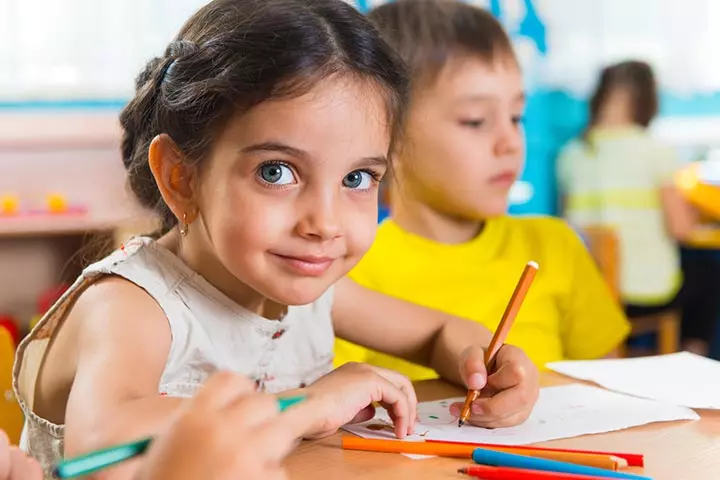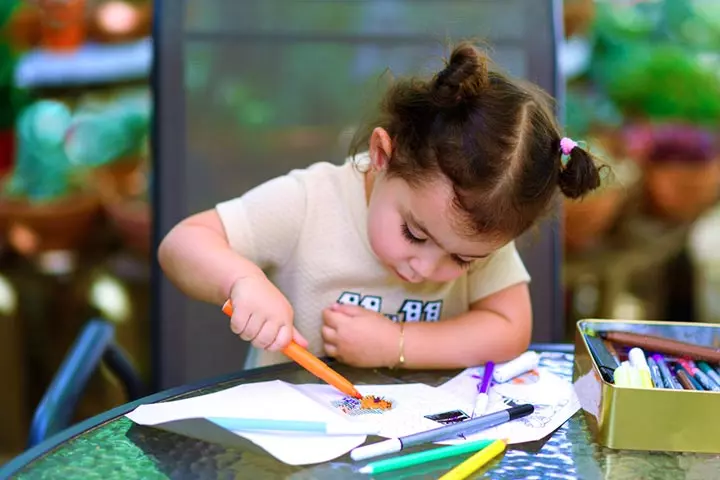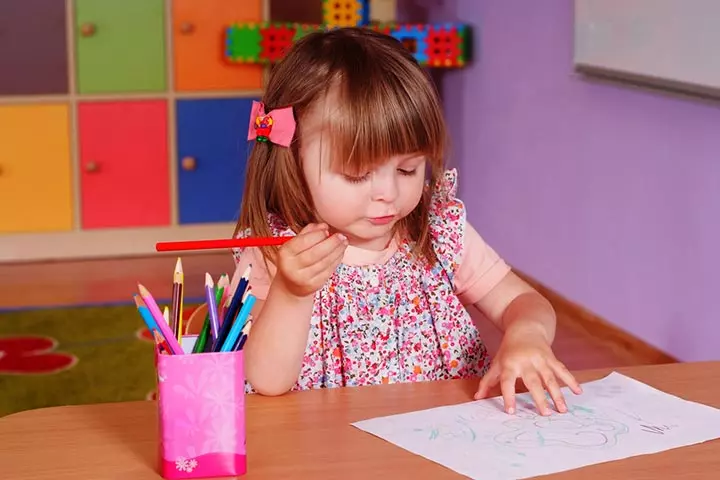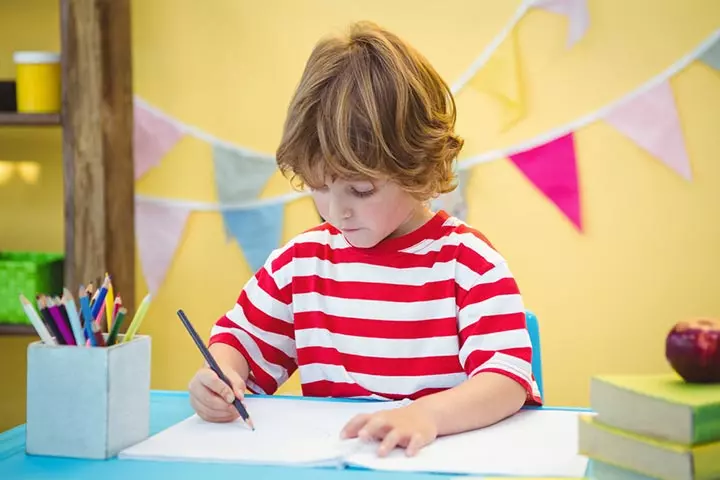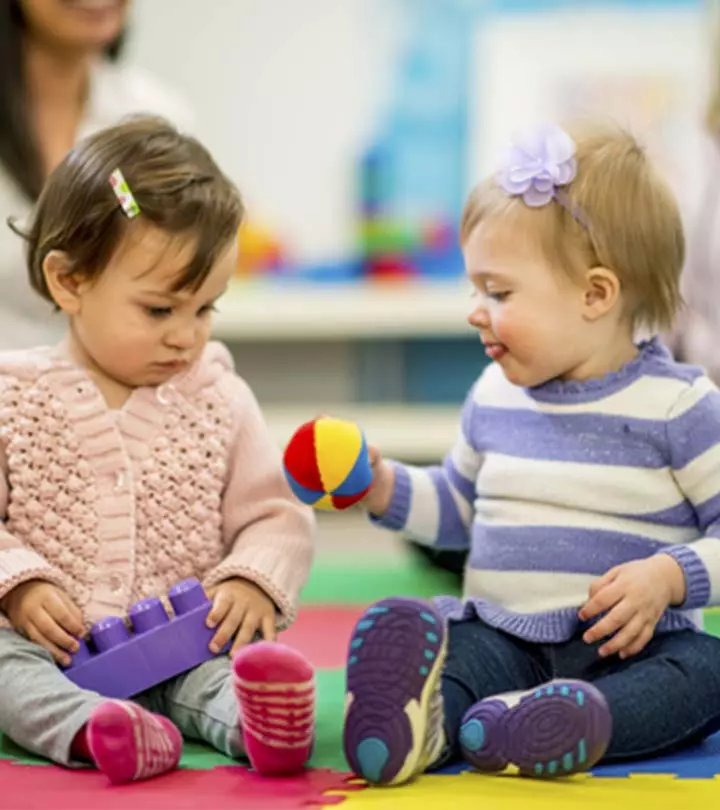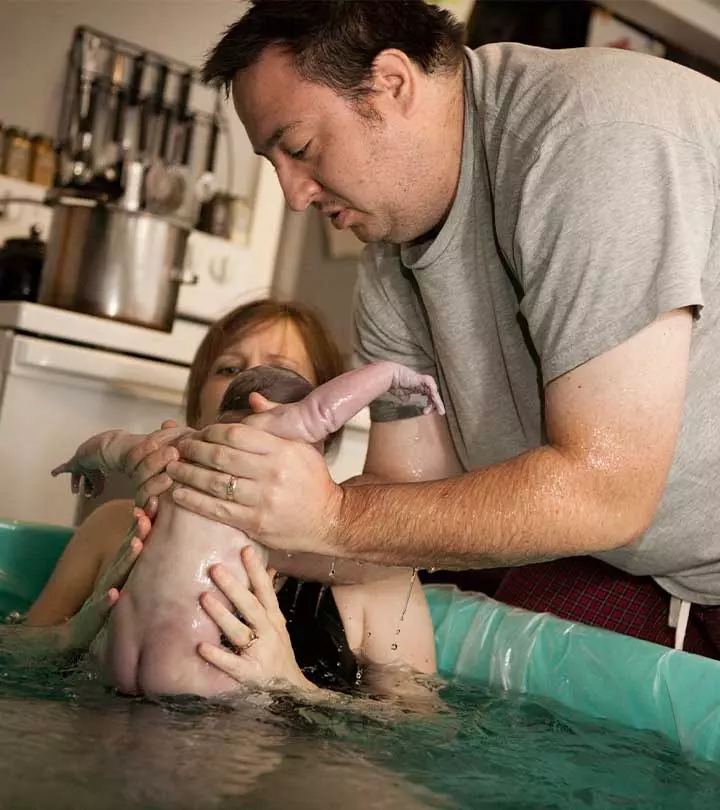

Image: Shutterstock
A common mistake made by most parents is not making sure whether or not their child is holding the pencil properly. Several children struggle to have good handwriting during their school life and beyond. The nature of handwriting affects both the one who is writing as well as the person reading it. The ability to write with fluency plays a vital role in the case of a writer — What is the speed at which I can jot down my ideas? Is the process of writing tiresome for me? And is that perhaps why I’d rather not write down my thoughts?

On the other hand, the degree of legibility is of concern to the reader — Is the handwriting easy to follow? Does it encourage the reader to proceed ahead? Is their writing accessible?
Along with the skill of the writer and the instrument used for writing, the grip of the pencil also affects a person’s handwriting.
From the time children gain adequate hand control and grip to start drawing shapes, they are ready to begin learning how to write. A lot of parents tend to not pay attention to how their child is holding the pencil. But it is important to help your child pick up these skills, and the starting point for this could be teaching them how to draw different shapes. If possible, you should use other senses apart from sight for your child to absorb new things through a holistic learning process.
The Various Kinds Of Grip Your Child Can Pick Up
Image: Shutterstock
These are the two types of grip that your child can adopt:
1. Tripod grip
This is a kind of grip in which the person uses their thumb and index finger to hold the pen or the pencil and the middle finger is the one on which the pen or pencil rests.
2. Quadrupod grip
In the Quadrupod grip, the person uses their thumb, index finger, and middle finger to hold the pen or pencil. The ring finger is then used to rest the pen or pencil in this grip.
The Appropriate Age To Learn How To Hold A Pencil
Image: Shutterstock
It’s essential to ensure that your child consistently practices holding a pencil or a crayon. One way to do this is to get your kids coloring books when they are around four years old. This can be a great way to make sure that they get an early learning experience on how to hold a crayon without pressurizing them.
Parents must be attentive about how their child grips a pencil from early on because one learns their grip through repetition until it almost becomes a habit. So a downside of this is that, once your child is older, it will be extremely hard to change their pencil grip because they would have already developed a habit of doing it in a certain way.
You should also teach them where to position each finger. This is especially important for younger children. Several devices can also come in handy for this process. When children enter kindergarten, it is recommended that they do not use pencils because the kids are just about to begin learning these techniques. In this case, you can use certain available devices that work for your child.
Common Problems Encountered While Using The Pencil Grip
Image: Shutterstock
It’s time to take a look at some of the common problems which your child may encounter while learning proper pencil grip:
- Their thumb may be wrapped over their index finger.
- Their index finger might be on top of the thumb.
- Their fingers might be all spread out while holding the pencil.
- The pencil might be held in a completely straight position.
- Their wrist might be positioned awkwardly.
- They might not be putting in the right amount of pressure; either the grip is too tight or too softly held.
- They might have a problem holding big pencils.
Useful Strategies
Image: Shutterstock
You can start by showing your child where to position the thumb and the fingers and then ask them to try and copy your action. Consider buying a pencil with a grip. Help your child practice for a couple of minutes regularly so that they can easily and smoothly hold the grip. Feedback is critical in this learning process because it enables the child to see where they are going wrong. It is also equally necessary to reward or appreciate when they are doing their task correctly. The idea is to help them pick up this learning habit through creative and fun activities so that it doesn’t feel too burdensome.
Learning how to hold a pencil correctly is a skill which will benefit children throughout their life. It will also determine the speed and readability of their handwriting. That is why parents need to ensure that their kids start their relationship with writing on the right foot early on.
Community Experiences
Join the conversation and become a part of our nurturing community! Share your stories, experiences, and insights to connect with fellow parents.

